There are two main types of contact lenses, soft lenses and rigid gas permeable. Both have advantages and limitations.
Soft lenses are the more widely used because of their almost immediate comfort and extensive promotion by soft lens manufacturers.
These come in a number of forms. The original lenses were worn for approximately two years before replacement. However, one of the limitations of soft lens materials is that they accumulate protein and other irritating substances, which can lead to discomfort and reduced wearing time. Attempts to remove these substances were largely ineffective. Frequent replacement of the lenses, which can now be done cost effectively, eliminates this problem.
While Rigid Gas Permeable (RGP) contact lenses have a longer initial adaption period they have some definite advantages. The efficient lens life is between two and five years. In addition, astigmatism, which is a common focusing error is more easily corrected with a RGP lens. Dehydration, which can present problems with soft lenses especially in airconditioned environments, is less of a problem with RGP lenses. This type of lens is not suitable for everyone, but those who do wear it effectively are often the most successful contact lens wearers, rarely wearing their spectacles.
RGP contact lenses can successfully corneal conditions such as keratoconus which in most cases cannot be managed with soft lenses. There are numerous RGP wearers who have successfully worn their lenses for many years, in some cases longer than 50 years!
For further information on contact lenses click here.









